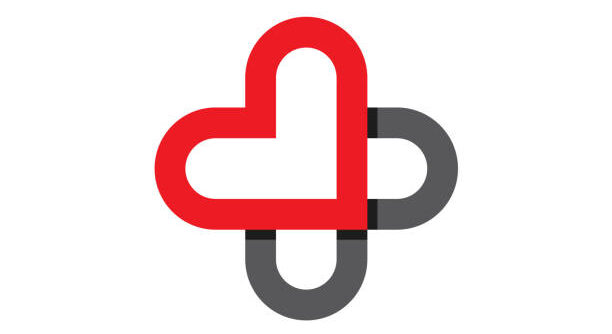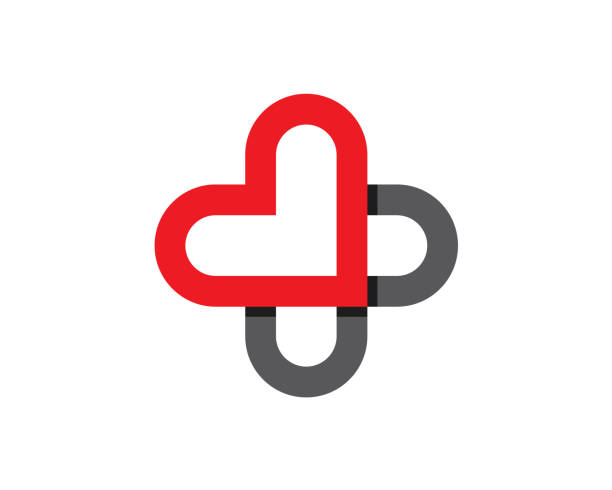For self-funded employers, financial unpredictability can lead to a host of problems. As healthcare spend continues to rise, employers are being asked to shoulder more risk with fewer tools to manage it. Self-insured employers are likely to see even larger rate increases in the year ahead. But I believe the system can be made better.
Today, there are proven and emerging strategies that can help bring more stability and predictability to the self-funded model. It’s time to build smarter, more adaptive solutions that protect employers from stress and financial uncertainty.
Adaptive capital
There is a pronounced need for hyper-targeted financial solutions to address pain points in the self-funded space. For instance, one of the most overlooked challenges for the tens of thousands of middle-market self-funded health plans that purchase carved-out stop-loss reinsurance is the need to front enormous sums for high-cost claims, file a stop-loss claim, and then wait 30-90 days for that reimbursement to arrive. That timeline can be extended to 6-9 months if the claim is complex and requires hospital documentation, such as those involving premature births, cell and gene therapies, transplants, or prolonged hospital stays. When you combine the unexpected nature of a high-cost health claim with the amount, there’s a potentially acute impact to company cash flow and cash reserves, especially in the middle market.
By leveraging adaptive capital, employers can eliminate reimbursement lag and improve their cash position. Providing timely access to funds not only enhances financial predictability but also strengthens employer confidence in the self-funded model. When capital can respond as quickly as the risk itself, self-funding becomes a more viable and sustainable option for a broader range of businesses. It’s time to prioritize capital agility.
Real-time data
Too many self-funded plans work based on lagging indicators and old data. To improve predictability, employers need real-time insights into emerging trends, whether that is a high-cost claim shock, an underperforming or overbilling providers, or an underengaged member. Corporate Wellness Magazine highlights the role of predictive analytics in identifying high-risk individuals and forecasting future healthcare costs. By leveraging such tools and by proactively working with their health plan administrator and benefits consultant, employers can implement demonstrated measures to mitigate risks and potentially control expenses. Technology has evolved and collectively we could support this; leveraging better data could better inform funding decisions, optimize reserve allocation, and help prevent massive cost shocks.
Align incentives
Predictability is impossible when stakeholders are misaligned. In many self-funded arrangements, brokers, carriers, TPAs, PBMs, and providers operate in silos with different financial incentives. The industry must shift toward integrated frameworks that reward collaboration, cost control, and improved outcomes that incentivize all parties to work toward long-term value. When partners are financially aligned, the employer gains a clearer and more coordinated view of their risk and employees get better care.
Conclusion
For self-funded employers, financial unpredictability is more than an operational headache, it’s a strategic impediment. Yet too often, the very systems meant to provide flexibility and control are undermined by delayed reimbursements, fragmented data, and a lack of transparency across the ecosystem. Solving this isn’t about tweaking the status quo, it requires a full redesign; rethinking how capital is deployed, how data is shared, and how incentives are aligned. Financial predictability in healthcare is the foundation of a healthier, more sustainable benefits system.
Photo: Michail_Petrov-96, Getty Images

Gerardo Zampaglione is the Founder of Aegle Capital, the first company that provides adaptive capital solutions to mitigate the volatility associated with high-cost healthcare claims. He brings a wealth of experience spanning population health, value-based care, re/insurance program design, and predictive analytics to the self-funded benefits ecosystem. He is deeply committed to transforming the healthcare space by driving innovation, improving access, and delivering better outcomes for stakeholders across the ecosystem.
Prior to founding Aegle, he led billing and population health initiatives at Epic Systems, the leading EMR vendor, and advised Fortune 500 biopharma, medical device, venture capital, and private equity firms on commercial growth strategy, due diligence, and product design through roles at boutique healthcare strategy consultancies. He is a graduate of the Wharton School and Tufts University, and resides in Philadelphia, PA, with his wife, Sofia, and his two dogs.
This post appears through the MedCity Influencers program. Anyone can publish their perspective on business and innovation in healthcare on MedCity News through MedCity Influencers. Click here to find out how.






